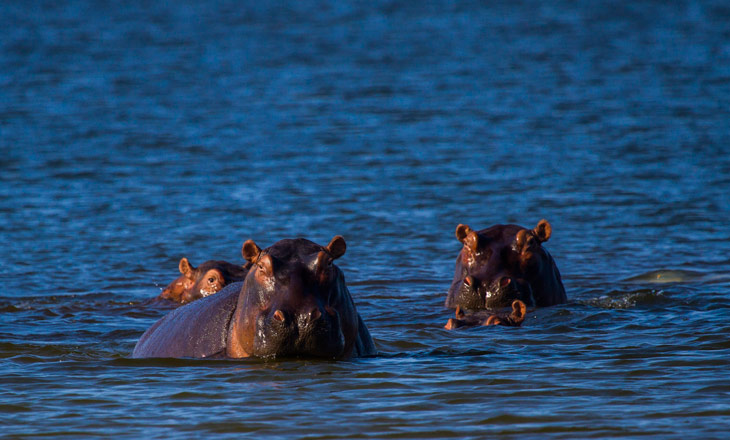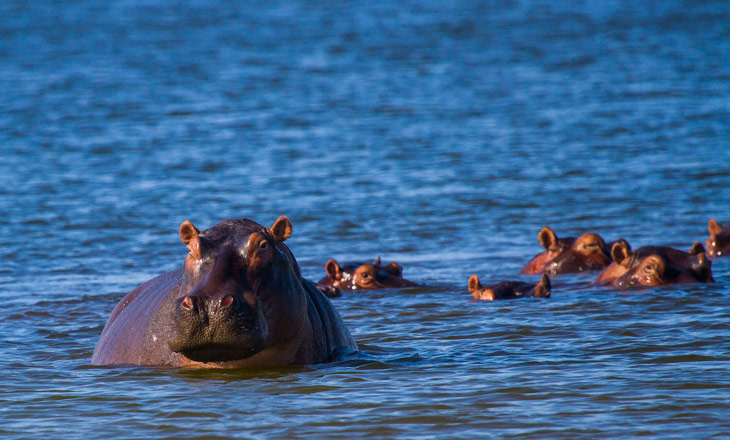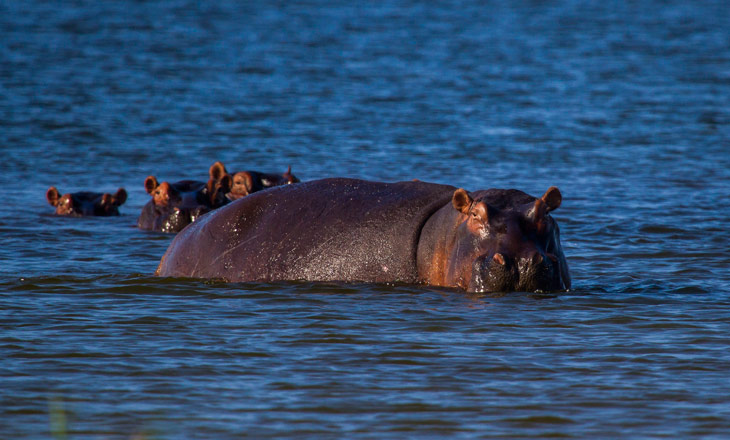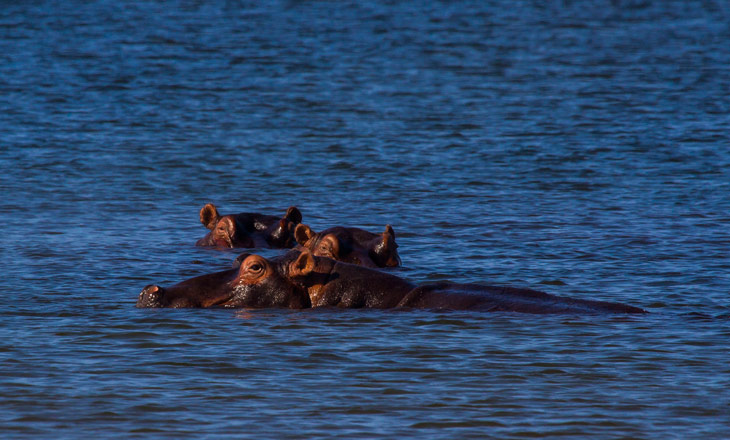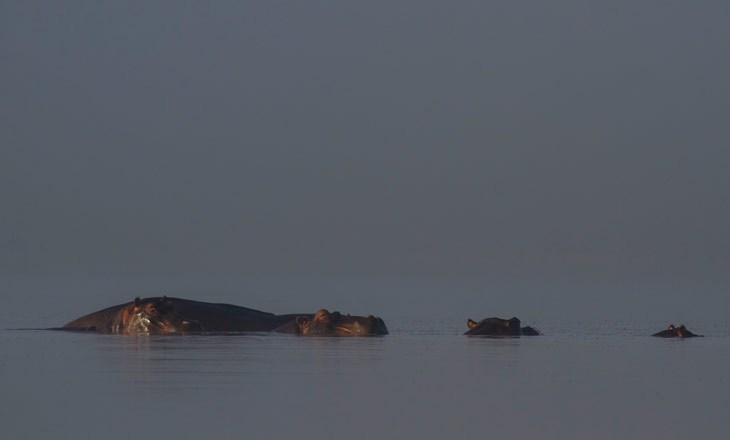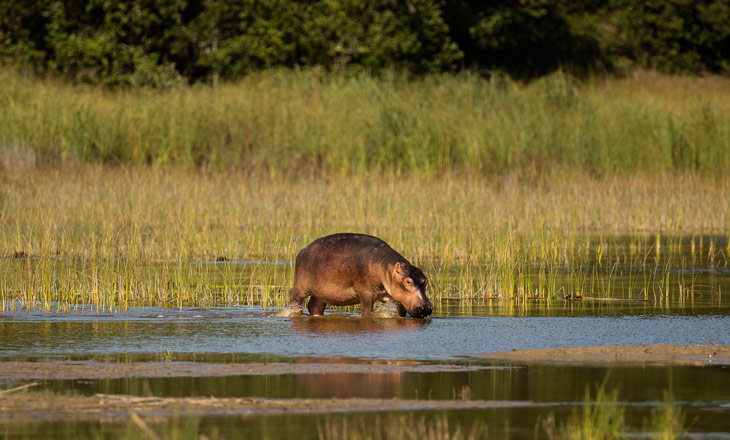National air census reveals more than seven thousand animals
Published at 30/04/2018
Population of hippos in good condition
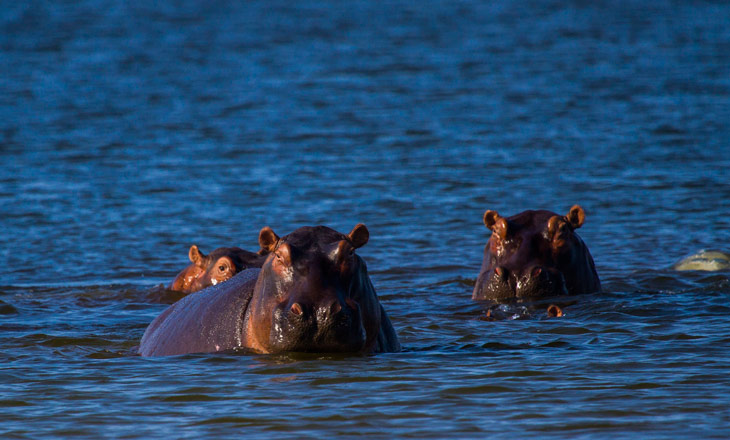
Mozambique currently has a population of hippos estimated at just over 7,000 animals, according to a recent aerial census commissioned by the National Administration of Conservation Areas (ANAC), funded by the World Bank through the MozBio project.
According to the study, more than 80 percent of the pachyderms are located in the watersheds of Cahora Bassa, with 4,420, Lugenda (802), Save (179) and Zambezi (122), it is imperative that these populations are managed to ensure their existence and long-term sustainability with a comprehensive management strategy involving all actors committed to conservation, including local communities.
The count was in response to a request by CITES-the Convention on International Trade in Endangered Species of Wild Fauna and Flora for Mozambique to show that the population of hippos was viable and their extraction through sport hunting was sustainable.
The results achieved are considered positive and surprising given that the count made in 2010 showed a decline in the order of just over 80 percent of the population of hippos, with an estimate of only 3,000 animals across the country.
This conclusion, exacerbated by the failure of the Mozambican authorities to provide updated data, led in September 2012 to CITES banning trade in hippopotamus trophies from the country, and it was necessary to reverse the situation and prove that the country has a viable population.
In April last year, data from this last count led to a sustainable management plan for the hippopotamus called “NDF-Non-Detriment Finding”, which made it possible to argue during the 69th CITES meeting recently held in Geneva-Switzerland for a lifting of the suspension imposed on the hunting of the hippopotamus in Mozambique and the export of the respective trophies.
At that meeting, the country emerged from the blacklist in this matter and managed to get an annual quota of operation corresponding to 1% of the total population estimated at 7,300 animals, meaning in practice that the country can extract about 70 animals per year.
The lifting of the interdiction has vital importance to the country, fundamentally at this time when several other species of wild animals are threatened with extinction due to poaching, and their exploration for trophies is increasingly problematic.
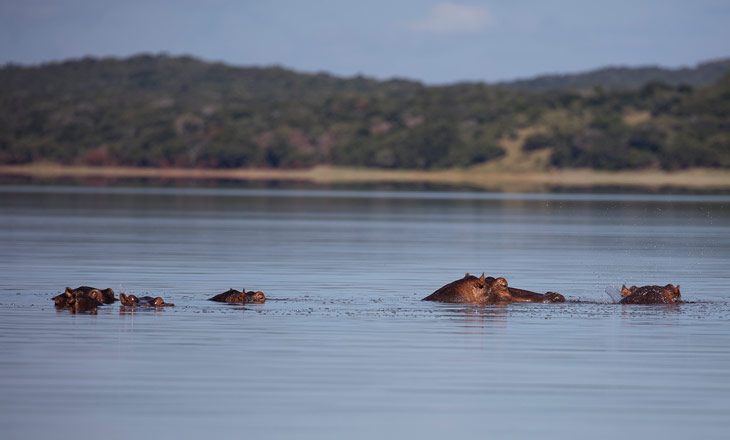
Hippopotamuses (Hippopotamus amphibius) are considered keys to ecosystems because of their important role in maintaining aquatic ecosystem processes, as well as in connectivity between terrestrial and aquatic systems.
The species and its exploration has the potential to contribute significantly to three of the four pillars of the Strategic Plan of the National Administration of Conservation Areas (ANAC), namely Biodiversity Conservation, Economic and Financial Sustainability and Community Development.

